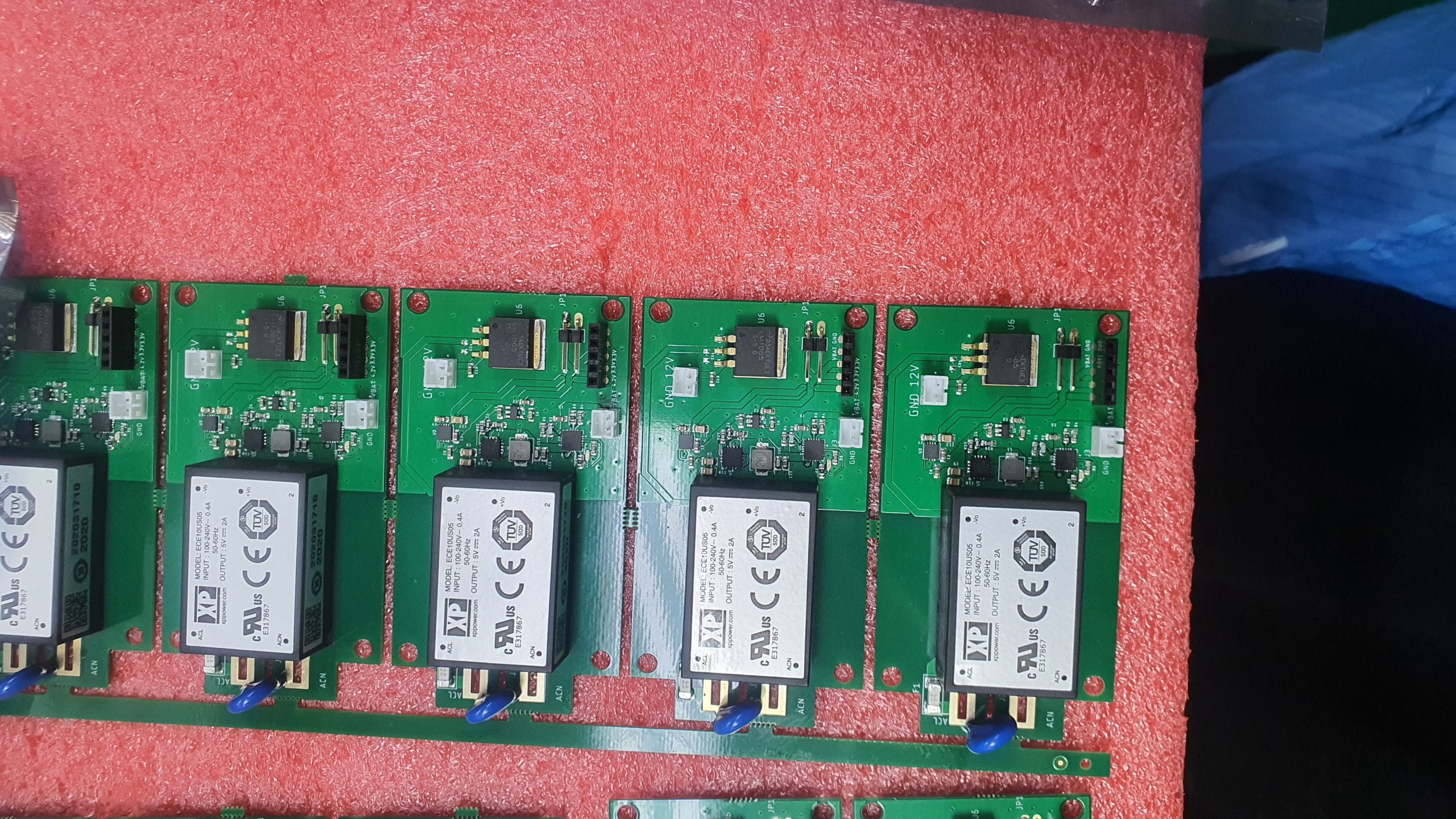 Well-known PCB supplier
Well-known PCB supplier
+8618879561688

The manufacturing of printed circuit boards (PCBs) is more important than ever especially now that the use of circuit boards is rapidly increasing. Therefore, it is necessary to ensure that your PCB manufacturing process has no flaws. A deep and thorough inspection is required during the PCB assembly, fabrication, and manufacturing process. This system of testing and checking is called a quality inspection or quality control.
Every PCB manufacturing company has its way of inspecting and testing for manufacturing or assembly. There are standards for measuring, testing, examining, analyzing, and verifying different parts of the PCBs. These standards should match with the quality of the final product before the circuits get installed in accessories. For that, quality control needs to be improved.
Quality control is based on multiple factors, and every aspect should be taken into account to improve the overall quality of the circuits. The following are the areas in which you can advance and make your company better to avoid issues in quality control.
While manufacturing of printed circuit boards (PCBs), you might encounter a problem that other PCB manufacturing companies have already faced before. To solve that issue, you can gather information about how any fellow company resolved that particular problem and use it to fix yours. This will give you a baseline for constantly improving your product quality.
There are multiple benefits of having such data:
There must be good communication between different departments of the PCB manufacturing companies. That way, when there is any error in the design of the circuit board, it will get fixed before reaching the next stage of the process. ICTs (In-Circuit Testers) test the design and assembly of the PCBs between processes and compare them with previous data to avoid issues.
Similarly, you can detect issues that occur in PCB fabrication and resolve them. Keeping up with new technology and installing updated quality inspection machinery will prevent minor issues like fabricating errors on highly reflective boards and tearing of coating. In addition, you should update the software of the machines too, for detecting possible defects and solving them.
Details like polarity, details between components, coating issues, irregular design errors, and more should be identified as early as possible.
After production begins, it is hard to make changes in the PCB fabrication and design departments, and also it prevents the loss of money. Doing this will ensure clients that the company’s production quality is unbeatable.
Team members and employees should understand that it is imperative to maintain product quality. The work culture should be centered on the PCBs’ production standards and quality. Almost all PCB manufacturing companies need to be certified by the Institute of Printed Circuits (IPC).
IPC ensures that the quality of the products is maintained and that the improved condition of the PCBs stays within the company. This will promote the company by not compromising the product’s quality and benefit the employees to increase their skill set.
An IPC-certified company needs to set metrics and check periodically that the planned goals are reaching on time. This will only be acquired if multiple inspection stages exist between the PCB manufacturing processes. Quality checklists should be installed at every station so that the manager or the tester will understand the errors in the PCB manufacturing process.
While answering the question “how to improve quality inspection?” it is crucial to keep in mind the overall quality inspection process and what undergoes in each stage. All PCB manufacturing companies have these stages in quality control.
Checking purchased raw materials and components is important before the PCB manufacturing process takes place. PCB manufacturing companies inspect the quality and build of these raw materials after purchase so that if any component is defective, it gets detected and replaced immediately.
To improve this process, when the supplier sends components, they should be sampled with similar parts purchased earlier. The final judgment should be made after a quick check of the raw materials.
This quality management system tests the components before getting integrated into the circuit boards and immediately after these components are printed on them. This is followed by different stages of quality control like Automated Optical Inspection (AOI), Automatic X-ray Inspection, Automatic Fixture Tester (AFT), and more.
For an uninterrupted flow of this quality inspection process, you should check the hardware and software of the machinery that carries these tests. This process already takes a lot of time, so maintenance and service of these machines are essential. Also, regular checking, like weekly or bi-weekly checkups of these machines can also improve quality control.
During the PCB manufacturing process, the burn-in test is essential to stimulate the daily use of these PCBs. It undergoes a thorough quality inspection and is subjected to extreme temperature changes, different electrical power supplies, poor soldering, components mismatch, and PCB assembly defects.
The aging or burn-in test tools should be regularly maintained, cleaned, and kept ready after the electrical quality inspection.
The next time when you face an issue regarding quality control, these are the tips you can adapt to improve quality inspection in your PCB manufacturing company. Keep in mind that the maintenance and quality control of the whole PCB manufacturing process is the responsibility of both the testers and the executives. In addition, while the process of manufacturing of printed circuit boards is carried out, the burden of how to improve quality inspection lies the most on the employees of the company. They are the ones who make and assemble the PCBs, so they must be aware of the responsibility they possess.
Check out the blog section at Omni PCB to get more information about PCB-related services.
Connect to a OMNI PCB engineer to support your project!
Request A Quote